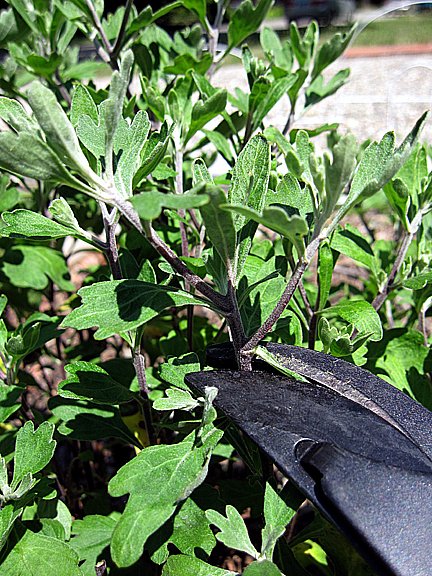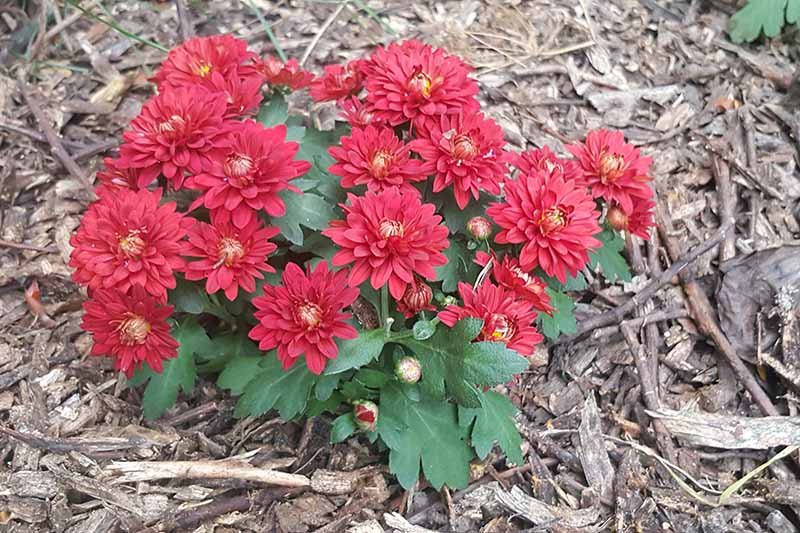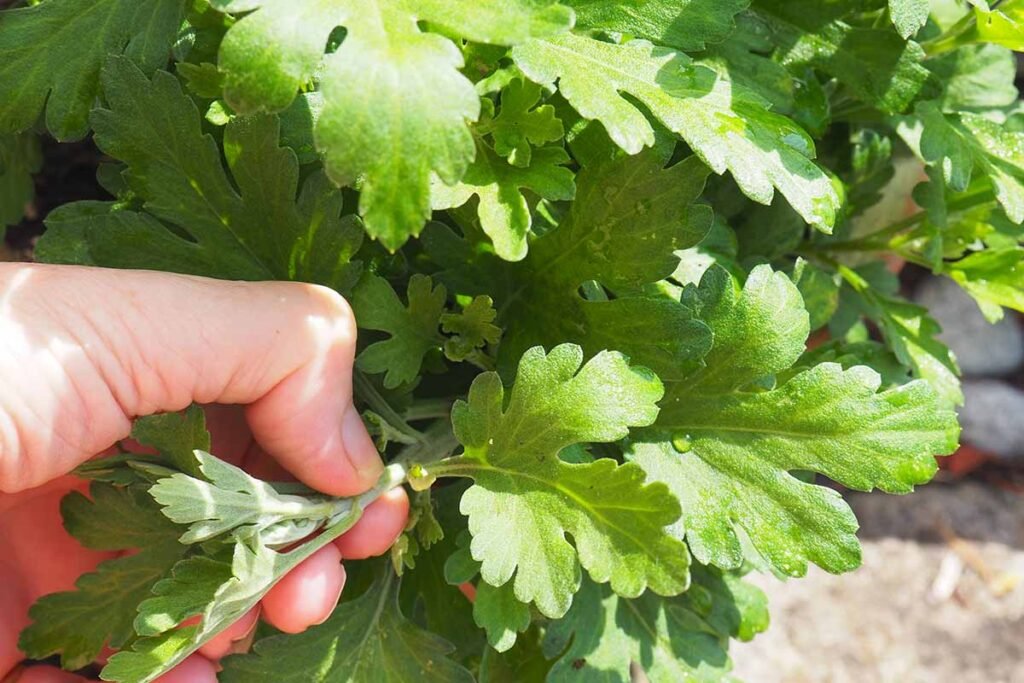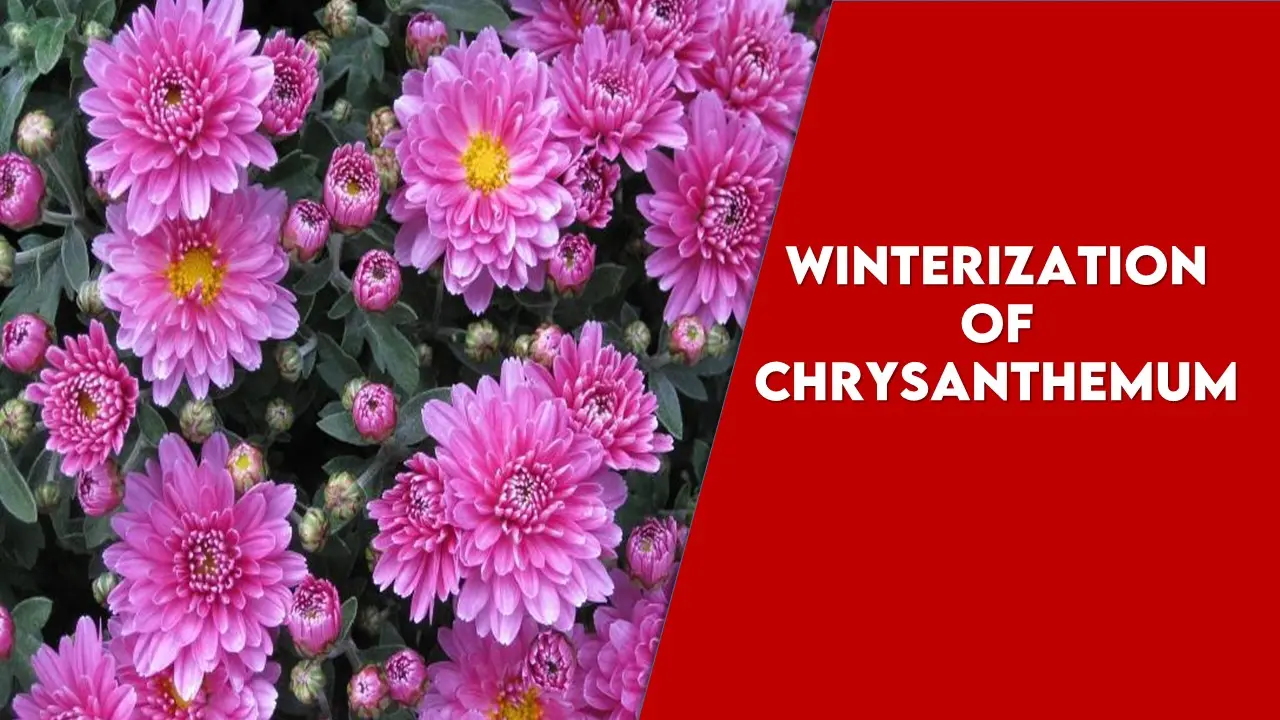Winterization of Chrysanthemums: Shield Your Mums From Harsh Winters
When you close your eyes and imagine the autumn foliage, what do you see? Perhaps a sprawling pumpkin vine in a corner of your garden or, the chestnut trees adorned with yellow and red leaves, and vibrant beautiful Mums by the front door, right? Hardy mums are usually a quintessential symbol of fall; while most of the garden fades away during the season of fall, they shine brighter than ever of their flowers.
The astonishing chrysanthemum will bloom and grace both your garden as well as your home with positivity, which simply adds a beauty and texture to your landscape. However, as soon as the winter season approaches, these delicate pieces of art need a special kind of care to survive until the next growing season comes that is spring.
Winterization of chrysanthemums is a meticulous or rather tedious process that requires careful planning and execution to protect them from the cold and harsh winter months. In this article we will be exploring the challenges that are faced by the gardners or the enthusiasts during the winterization of chrysanthemums and we are going to share some secret tips that are going to help your plants thrive during harsh winters.
Many of us believe that Mums are a short-lived plant and they have a lifespan of only one season or simply consider them as annual, used for a brief burst of color before being replaced by other flowers. However, with proper care and guidance, Mums can be grown as forever plant that continues to grow as healthy perennials, blooming beautifully year after year and season after season. But remember to select Mums carefully to time their blooms for maximum impact and treasure them for their perennial nature, allowing them to flourish season after season
Understanding Winterization Of Chrysanthemums:
The initial question that often comes to mind when thinking about your Mums is whether they are annuals or perennials. The answer to your question lies in both categories. Mums can be divided mainly into two main types that is : Florist mums, that we generally know as cutting mums, and hardy mums, known as garden mums. These variations stem from a common parent – a golden-yellow daisy-like mum originating from China. The current hybrids in both groups have evolved from multiple crosses between various species from China and Japan, resulting in distinct characteristics and functions.
Among the tow florist mums offers different type. of bloom forms, that varies from quilled to pompon, and spider type. Typically grown in greenhouses for indoor use, they lack the underground runners necessary for enduring cold temperatures. Although you may attempt to plant a potted florist mum outdoors, it is unlikely to survive the winter, regardless of protective measures. However,the question still arises can your chrysanthemum survive the winter? The winterization of chrysanthemums can aid for protecting your Mums from cold months of winter
In contrast to florist Mums, garden mums exhibit great cold tolerance. Most garden mums are perennial in Zones 5-9 and are generally more robust compared to florist varieties.

The Importance of Winterization Of Chrysanthemums
So now like every winter instead of saying goodbye to your mums we are going to understand the significance of the winterization of chrysanthemums, using this guide as a torch bearer for the process of winterization of chrysanthemums you will learn how to make your plant survive winters.
Implementing effective techniques that we are going to tell you and with your experienced and amazing gardening skills can safeguard the survival and development of their chrysanthemums, ensuring healthy growth and vibrant blooms in the upcoming season. Let’s make winterization of chrysanthemums a simple yet essential step towards their longevity and prosperity
Winterization is nothing but preparing your plants for winter, which is crucial for the survival and growth of chrysanthemums. In harsh and cold winters these beautiful perennials can suffer from frost damage, and may even die because of it. So simply by adopting effective techniques, gardeners can ensure the survival of their chrysanthemums, while ultimately promoting vigorous growth and abundant blooms in the coming season.
You need to be sure you are provide your plants with the conditions it require during the growing season. That means a well draining soil with a sunny place. But if you don’t want to put new potted plants that you’ve purchased or received as a gift that fall into the ground right away if your main motto is to ensure that they have a chances of survival are best as perennial flowers.
If frost is in the forecast in warmer zones, however, you’ll want to provide some extra protection. Pinching and mulching of the chrusanthemums is a special practice to increase your plant vigor and prevent it from winter during the winterization of chrysanthemums. We will go into this more detailed version futher in the article. It dosent which type of mum you’re growing, because it is a fact that plant groum in container are more susceptible to cold weather than those grown in the ground.
When to Plant Your Mums
It’s really hard for you resist those vibrant and these affordable lovelies beckoning to you from your garden to the store shelves in the fall.
But if you’re hoping to keep your plants in the ground for a long year-round period, then you should really wait to plant them out until the coming spring season. If you plant your mums in the fall, they will not be able to establish roots quickly enough to stay alive through the cold winter. This is probably because all the energy went for bloom production rather than for root development.
Commercial growers often let the plant to keep in same container so they look root bound and appers to have healthier growth ad looks robust at the flower nursery, overflowing from their containers. If you living in an area which bear warmer and dry environment with very less or mild winters, in Zones 8 and up, you can plant your mums in the late summer or early fall.
Necessary Preparations
As soon as winter start approaches, you want to give your plants that you will put in the ground in the spring or in prior years the best possible chance of survival as if they are fit for that they will survive and if your plants are already in the ground then the first and best thing to do is begin deadheading the tip . Mums usually start to bloom during the month of late summers and begin to fade and shep its flower in the fall once the first frost hits. The early practice of deadheading the tip will encourage continuous blooms of the Mums and you are one step closer to winterization of chrysanthemums.

Pruning
Prune any dead flowers away entirely at the end of the season.Leaves of the chrysanthemum plant will die back and become brown after experiencing severe frost. When the foliage of the plant has died back, cut back the stems of the mums to 3 to 4 inches (8 to 10 cm.) above the ground. Leave some portion of the stem for next year, as the new stems will grow from these trimmed stems. If you prune mums too close to the ground, fewer stems will grow next year. Pruning does not means only the removal of dead or diseased foliage but it also encourages the plant to focus its energy on root development, essential for winter survival

Mulching
Mulching
By using about 3-4 inches of organic mulch material such as leaves or straw will provide insulation for your in-ground plants. Just think like you are providing a big cozy blanket to your plant and this is where spreading that dead foliage around your plant comes in handy. Mulch prevents moisture and maintains the temperature.
Don’t bury the leaves in the ground otherwise they will start to decompose, though just tuck lots of mulch around the base of your plants, and spread it out twice as far as possible in all directions around foliage. By doing so your roots will be protected from the harsh freezy winters.

Winter Care for Potted Mums
Potted mums dont survive in outdoor conditions where most areas when starts to get cold.Plants that are growing in the ground can handle air temperatures below 20°F because the roots are insulated by the surrounding earth. But the mums that are growing in the pot didn’t have the same protection as those growing in the field.
To avoid exposing container-grown plants to freezing temperatures, you need to overwinter or winterization of chrysanthemums should be done indoors. Make sure that before moving your mums just repot your plants into 2-3 inch larger containers as during winter there is more of root growth than vegetative growth. Give your plnt enough space to grow comfortably and able to start growing in spring with full potential.
Fertilization
Use of slow releasing high phosphorus fertilizer is recommended to nourish the roots of your precious Mums for over the next few months of cold winters,and as soon as they are back from dormancy in the spring and ready to bloom again. Use high nitrogen based fertilizer for flowering plants, and you can get your hands on some through Amazon or from local agricultural supply shops. Sometime in the spring, you’ll observe a little green shoots forming out from the soil as the plant emerges from winter dormancy. When you see new growth, it’s time to remove winter mulches, and gently prune away dead foliage and stems. Then apply a 12-32-16 (NPK) fertilizer.
Watering
Monitor the weather report regularly before the winterization of chrysanthemums. When you see the report showing the frost in coming days its time to prepare your mums and take them into your basement or a safe hideout, just place where the temperature stays between 32-60 degree fahrenheit.
Water it lightly. Never overwater your soil and don’t make it too wet. The moisture level should be kept approximately similar to that of a well-wrung-out sponge. Simply put a few inches of straw or leaf litter as mulch around the basin of the plant and cover the whole thing with a piece of plastic sheet or a cotton sheet.
Keep a regular check on the pot about once a week throughout the winters, to make sure that soil isn’t too dry. Only water your plant if the soil feels dry about two inches down. You check that by placing your finger in soil if you feel moisture no need to water but if its dried out, rinse your soil with water
Pinching
Pinching in chrysanthemums is one of the most important cultural practices used in winterization of chrysanthemum to increase the lateral growth by creating an apical dormancy. Pinch off the new shoot tip by removing the tip when it reaches about 5-6 inches in length and promote a bushy growth.

Re-Acclimate Your Mums to Outdoor Conditions
After all the risk of frost has passed and you took care of your plants as told so now, potted plants need to be hardened off outdoors. Move your plant outside and place it in a shaded spot for 1-2 hours do not directly expose it to direct sunlight immediately. Increase the duration of keeping plant outdoor day by day untill the plant is kept out side for 8-9 hours and now after winterization of chrysanthemum you plant has properly acclimatized for outdoor conditions.
Now your mums are ready to go into the ground. Its time to give your mums its new home, dig a hole which is about one and a half times as wide as the size of the container it was growing in to promotes growth of new roots faster
Place your plant in hole and cover the surrounding space with the soil removed while digging hole you can add some nitrogenous based fertilizer to promote faster growth but that is totaly optionl but if you want a bushier plant go for it. You can remove some of the original soil from the rootball but try not to disturb the roots too much.
Make Hardy Perennial Mums a Part of Your Garden Year-Round
That wasn’t too hard, right?
It always seems daunting to try to keep a plant alive over the winter when we can’t just let nature do its thing. But once you’ve tried it, you’ll realize that winterizing your mums for perennial enjoyment wasn’t so hard after all.
A secret tip you can divide your plants every few years from their side suckers, so it’s like getting a bunch of new chrysanthemums for free now,
Pest Control:
Before the arrival of winter, inspect your chrysanthemum plants for signs of pests or disease. Treat your infected plant or plant part by using organic pest control methods to prevent and safeguard the environment. Pest controlling is a very crucial part during the winterization of chrysanthemums. Additionally, completely destroy the infected plant or plant part to avoid further infestation. Don not burry in soil.
Monitoring:
Keep a watchful eye on your chrysanthemum throughout the winter months. By monitoring the soil moisture level, temperature fluctuation and signs of infestation of pest or disease specially powdery mildew as your whole hardwork of winterization of chrysanthemums can be turned into mulch just by single infestation of this disease.
Conclusion:
Winterization of chrysantemum a process with full of joy and love that requires a lot of patience and foresight with a in depth understanding of the plant you are growing. Using and implementing the the techniques that are listed and outlined in this engaging article a gardener can protect and safeguard their mums form the harsh winters. And ensuring that their rate of survival is maximum for coming season and years.
Whether nestled in garden beds or adorning windowsills, these resilient perennials are sure to reward careful stewardship with a glorious display of blooms come spring. So the beautify the art of winterization of chrysanthemums and embrace the growth. Whatch your mums flourishing your garden with mesmerizing colourful flowers enduring beauty and resilience.

